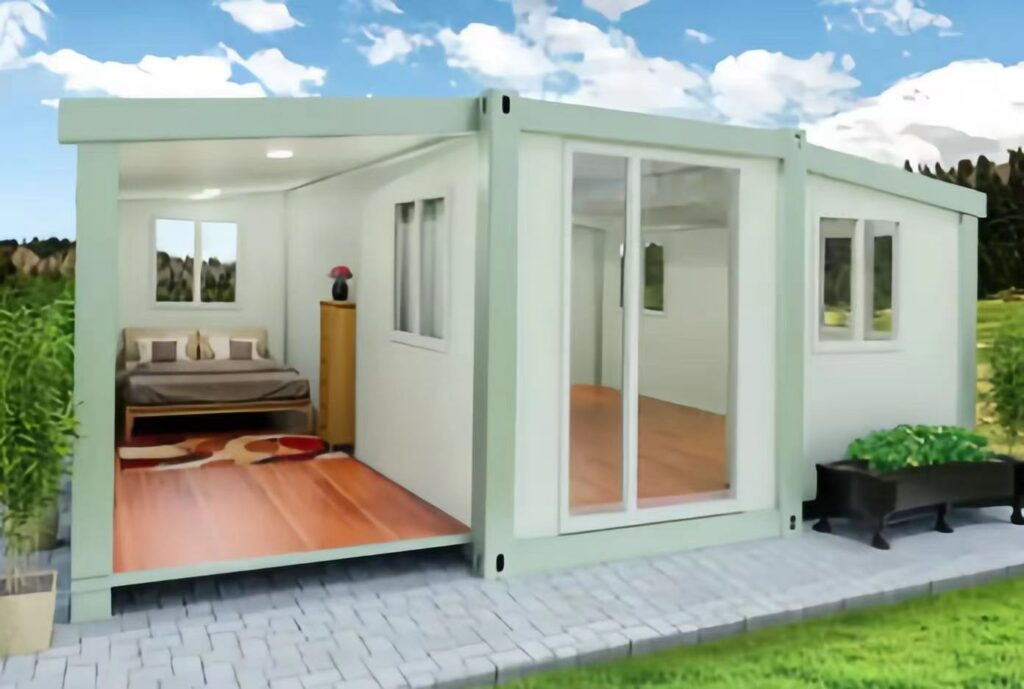Storage Container Tiny Homes: Creative and Practical Fusion
In today’s society, tiny homes have become a highly sought-after housing option. More and more people are realizing that limited space doesn’t necessarily mean sacrificing comfort or functionality. Within the world of tiny homes, storage container tiny houses are emerging as a uniquely creative and practical choice.
A Sustainable Solution
Storage container tiny homes are rooted in a commitment to sustainability and resource recycling. Over the past few decades, a significant number of shipping containers have been retired worldwide, taking up considerable space and posing potential environmental threats. However, innovative thinking has transformed these containers into remarkable dwellings.
Architectural Innovation
The structure of storage containers makes them ideal for customization and remodeling, allowing for a wide range of housing designs. From small studio apartments created from a single container to large family residences constructed by combining multiple containers, almost anything is possible. Architects and designers can unleash their creativity within limited space, offering residents a unique and satisfying living environment.

Affordable Living Spaces
Storage container tiny homes provide an affordable housing solution. Compared to traditional homes, the construction and maintenance costs are typically lower. This makes homeownership more accessible, whether in urban or rural areas, whether for permanent residence or as a vacation destination.
Embracing Minimalist Living
These tiny homes offer the perfect choice for those who appreciate a minimalist lifestyle. They compel residents to downsize and keep only what is truly essential, reducing the cost of living, minimizing waste, and enhancing overall quality of life.
However, storage container tiny homes also face several challenges. Firstly, addressing insulation issues is crucial to ensuring comfortable living in various climates. Secondly, navigating regulations and codes can make the construction and deployment of these homes more complex. Lastly, adapting to a smaller living space may require some time and effort for those accustomed to traditional homes.
In conclusion, storage container tiny homes represent an exciting innovation in housing design. They combine sustainability, creativity, and practicality, providing an intriguing option for those seeking a distinctive housing choice. Despite some challenges, the future of container tiny homes looks promising and will continue to attract individuals in pursuit of a simpler, more sustainable way of life.
